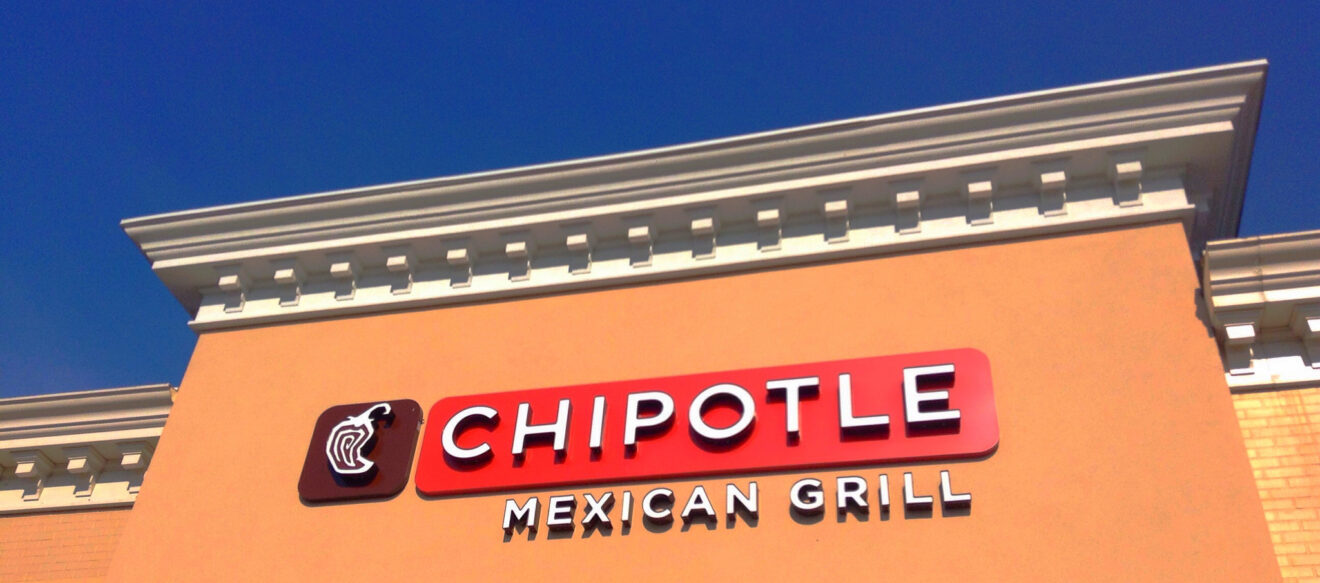After years of glowing coverage, the news out of the fast casual segment has been pretty bleak lately. Sales are slowing, units are shuttering, brands are folding and the concept that all fast casuals were once measured against – Chipotle – continues to struggle. Is this the end of the golden age of fast casual dining?
To understand the current state of the fast casual market and where this segment might be headed in the future, Datassential recently surveyed thousands of fast casual consumers and hundreds of fast casual operators for our Keynote Report: The Future of Fast Casual.
Consumers still love fast casuals, and operators are optimistic
There are certainly bright spots for fast casuals. Fast casual consumers tend to be frequent visitors – over half of them visit at least once a week or more. Younger fast casual consumers, particularly millennials, visit even more often – nearly 1 out of 10 millennials says they visit a fast casual restaurant every day. And fast casual diners are pretty happy with their experience, particularly the food itself – over 60% of visitors say the things they love most about fast casuals are the food and menu, which dwarf all other attributes, including location, service, décor and brand values (though millennials are more likely than other demographics to say brand values and vision are what drive their visitation). Overall, one-third of consumers say they are visiting fast casual restaurants more often today than a year ago, while only 13% are visiting less often.
Fast casual operators also have an overwhelmingly positive view of their business. Nearly two-thirds of them say that sales today are higher than they were a year ago, and three-quarters expect sales to increase over the next year. One out of ten fast casual operators expects significantly higher sales in the next year.
So why all of the doom and gloom? To be sure, some plateauing was inevitable after years of stratospheric growth. During the early gold rush, brands would quickly open hundreds of stores and sign franchise agreements for thousands more in an effort to dominate their category and become the “Chipotle of X,” whether it was pizza, burgers, seafood or chopped salads. Now the stronger brands are beginning to rise to the top, while less successful concepts are closing units. At the same time, other restaurant segments, particularly QSRs, have had time to react to the fast casual boom, introducing trendier ingredients, cleaning up menus, and remodeling stores. The fast casual model has been copied and imitated over and over again; now it’s not unusual to see build-your-own burrito bars or salad counters in supermarkets, hospitals, colleges and stadiums.
How fast casuals can evolve and stay relevant
So how can fast casuals stay competitive and continue evolving to meet modern consumer needs? Consumers already think fast casuals are delivering great food, so operators will need to find other areas of differentiation. That could mean focusing more on values and feel-good labeling – fast casual consumers are particularly interested in all-natural, preservative-free foods, yet these options aren’t as ubiquitous on fast casual menus as you might think. In fact, three-quarters of fast casual operators told us they don’t menu any all-natural, preservative-free, or artificial ingredient-free items.
Pricing will also be key as increased QSR competition and rising labor costs exert pressure on fast casual operators to prove their value proposition. Can consumers get an equivalent meal for a lower price at a QSR? Or a better experience for nearly the same price at a casual restaurant? While most consumers (61%) say they would dine at fast casuals more often if prices were lower, they aren’t always looking for the absolute lowest price. Today’s consumers are savvy enough to consider multiple factors when deciding if a meal is a good value, and they generally view fast casuals as offering a better value than lower-priced fast food restaurants or c-stores.
Fast casuals have also been historically more willing to embrace new and trendy cuisines and ingredients, which will only become more important as the trend cycle continues to speed up and more consumers seek out the latest flavors and concepts. Growing brands like The Halal Guys, Vitality Bowls and Piada Italian Street Food are offering today’s consumers experiences, ingredient, and flavors that they can’t get at a QSR or casual restaurant. And new fast casuals continue to launch and expand all the time, from the numerous on-trend poke bowl brands to new concepts that focus on growing dayparts (breakfast) or differentiate themselves by specializing in particular menu items (biscuits, fish and chips) or cuisines (Filipino, Peruvian).
There will certainly be changes ahead for the fast casual segment – our report covers consumer sentiment on everything from alcohol to promotions to service, seating, and delivery. We also dive deeper into the operator mindset, including their ideas and opinions on menus and LTOs, as well as what they want from distributors and suppliers. These are the factors and ideas that will help shape the segment’s evolution into Fast Casual 2.0.
Mike Kostyo is the senior publications manager at Datassential, a supplier of trends, analysis and concept testing for the food industry. To purchase the MenuTrends Keynote Report: The Future of Fast Casual mentioned in this article, contact Datassential managing director Brian Darr at [email protected].
__________________________________________________
If you enjoyed this article, join SmartBrief’s email list for more stories about the food and beverage industry. We offer 20 newsletters covering the industry from restaurants to food manufacturing.
